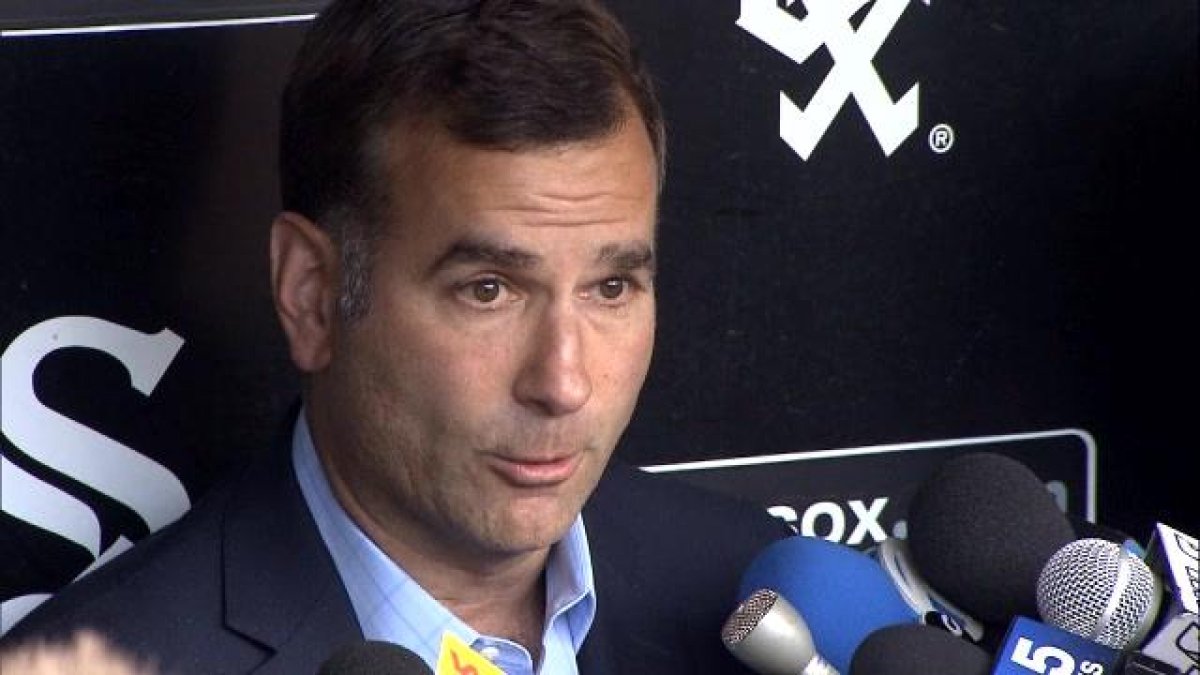
The success rate for baseball players returning from shoulder surgery is awfully low, no matter what your definition of success is.
Some never make it back to the major leagues. Others do, but for abbreviated stints before they’re forced out of the game. Some, like John Danks, return, but aren’t as effective as they were before going under the knife.
Last year, FiveThirtyEight.com ran the numbers and found that only 67 percent of players who underwent a shoulder procedure returned to the major leagues (the rate for Tommy John surgery is 80 percent). For those pitchers who did return, they averaged 134 fewer innings per season than they did pre-surgery.
With that in mind, Danks is somewhat of an outlier. From his return to the mound in 2013 until being designated for assignment by the White Sox this week, Danks threw 532 innings in 88 starts, and actually threw more innings in 2014 and 2015 than he did in 2011, his last full year in the majors before his August 2012 surgery.
“The mere fact he got back on that mound and contributed to us over the last couple of years is a testament to his makeup, his strength and his character,” general manager Rick Hahn said.
But no matter how hard Danks worked, and no matter how many adjustments he implemented, the results never returned to their pre-surgery levels. From 2008-2011, Danks looked like one of baseball’s more promising up-and-coming starters, posting a 3.77 ERA over 778 2/3 innings. It’s why the White Sox rewarded him with a five-year, $65 million extension in December of 2011.
In those 532 innings since his surgery, though, Danks had a 4.84 ERA and allowed more home runs (88) than he did from 2008-2011 (80).
MLB
“He never pointed fingers, he never blamed anyone other than himself,” ace left-hander Chris Sale said. “He was a man about it, he was a professional about it. A lot of people get stuck on the stats and the stuff. Some people don’t come back from the surgery he had.
“Not only did he come back from it, but he pitched with it at the highest level of baseball you can possibly be at.”
Danks’ average fastball velocity dropped from 91.6 mph in 2011 to the upper 80’s from 2013-2015, then plummeted to 87.1 mph in his four starts this season. That’s the most direct effect of Danks’ Aug. 6, 2012 surgery to repair a capsular tear and minor debridements of the rotator cuff and biceps in his left shoulder.
Consider this: In Game 163 against the Minnesota Twins in 2008 — arguably the highlight of Danks’ career — the fastest pitch he threw was 95.5 mph, according to BrooksBaseball.net. In his final start with the White Sox April 28 against the Baltimore Orioles, the hardest fastball he threw was 90.5 mph.
“There’s no doubt in my mind that after the shoulder surgery, he was a different guy,” Hahn said, “and that’s certainly zero fault of John Danks. He did everything in his power to fight back. And really, given the extent of the surgery, I sincerely mean it is impressive how much he was able to contribute after the surgery.
“The fact that he even got back to the big-league level and the fact that he was able from time to time to put us in position to win ballgames, that’s a huge testament to his work ethic and his competitive spirit. There’s zero doubt in my mind the shoulder surgery changed who he was as a pitcher.”
Danks was able to push through over three years with the White Sox post-surgery, but he never could figure out how to reverse those consistently sub-optimal results.
But as everyone within the White Sox organization will remind you, it wasn’t for a lack of effort.
“As far as work ethic and just guts, he had all of that,” manager Robin Ventura said. “That was never a question. He’s always been able to do that and there’s a lot of respect for him in the clubhouse for all the things that he did and one of them’s coming back from an injury and trying to gut through it.”